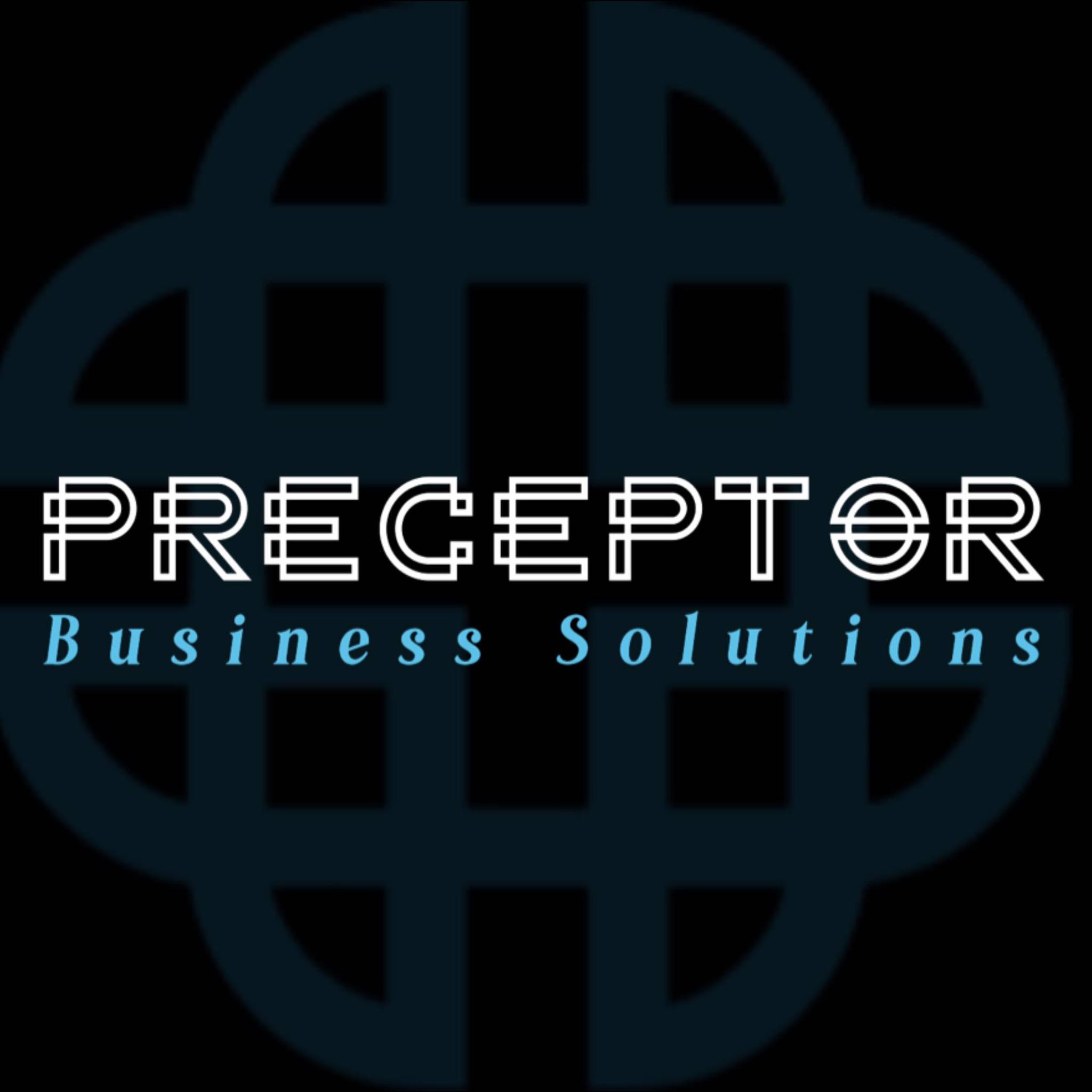
Unlocking Success: Choosing Measurable Personal and Professional KPIs for Consistent Growth
Achieving success, whether in personal endeavors or professional pursuits, requires a clear roadmap—a roadmap paved with measurable goals and actionable plans. Enter Key Performance Indicators (KPIs), the guiding stars illuminating the path toward success. Success is the culmination of clear objectives, strategic planning, and consistent measurement. In this guide, we will delve deeper into KPIs, exploring their significance, and offering an array of practical examples to facilitate your journey toward personal and professional triumphs.
Understanding Key Performance Indicators (KPIs):
KPIs are measurable values used to evaluate progress towards specific objectives. They serve as crucial navigational tools, providing insights and actionable data, enabling informed decisions and course corrections.
Setting Measurable KPIs:
Defining Clear Objectives: Articulate your goals—be it professional advancement, financial stability, health enhancement, or personal growth.
Selecting Metrics Aligned with Objectives: Choose KPIs closely tied to your goals, ensuring they offer clear indications of progress:
Professional Goal: Enhance Customer Retention – KPI: Customer Churn Rate
Personal Goal: Increase Physical Fitness – KPI: Weekly Exercise Frequency
Measurability and Quantification: Ensure KPIs are quantifiable, facilitating straightforward measurement and tracking.
Realistic Targets and Timeframes: Establish achievable targets motivating progress without being overly ambitious. Breaking objectives into smaller milestones aids in maintaining momentum.
Relevant Examples of Measurable KPIs:
1. Professional Development:
Objective: Boost Team Efficiency
KPI: Project Completion Rate – Aim for a 95% completion rate per month.
Objective: Enhance Employee Performance
KPI: Training Hours Completed – Target a 20% increase in staff training hours.
KPI: Employee Satisfaction Score (ESS) – Aim for a 15% increase over the next quarter.
2. Financial Growth:
Objective: Improve Profit Margins
KPI: Gross Profit Margin – Set a target of 15% increase in gross margins.
Objective: Increase Revenue Streams
KPI: Number of New Clients Acquired – Target a 20% increase within six months.
Objective: Expense Management
KPI: Cost-to-Income Ratio – Aim for a 10% decrease in the ratio within six months.
3. Health and Wellness:
Objective: Weight Management
KPI: Weekly Weight Loss – Aim for a consistent 1-2 pounds per week.
Objective: Nutrition Tracking
KPI: Daily Vegetable Intake – Strive for 5 servings of vegetables per day.
Objective: Achieve Fitness Goals
KPI: Weekly Workout Sessions – Strive for consistency, aiming for three workouts per week.
4. Time Management:
Objective: Improve Productivity
KPI: Time Spent on Priority Tasks – Target 80% of work hours on priority tasks.
KPI: Daily Tasks Completed – Set a target of completing 90% of daily tasks consistently.
Objective: Meeting Deadlines
KPI: On-time Project Delivery – Aim for a 90% on-time completion rate.
Objective: Boost Efficiency
KPI: Meeting Deadlines – Set a target of meeting 95% of project deadlines.
5. Education and Growth:
Objective: Improve Reading Comprehension
KPI: Reading Fluency Rate – Measure the number of words read per minute accurately. Set a target to increase the reading speed by 10% every month.
KPI: Comprehension Assessments – Utilize comprehension quizzes or tests to evaluate the student’s understanding of the text. Aim for a 5% score increase per month.
Objective: Enhance Mathematical Proficiency
KPI: Accuracy in Problem Solving – Track the accuracy rate in solving math problems. Aim for a consistent 90% accuracy in completing math assignments or exercises.
KPI: Progress in Math Concepts – Monitor progress in learning new math concepts or skills. Set a target to master a specific number of new concepts each month.
Objective: Develop Writing Skills
KPI: Writing Portfolio Growth – Keep a writing portfolio and aim to add a certain number of well-developed compositions or essays each month, showing improvement in structure, grammar, and creativity.
KPI: Grammar and Spelling Assessments – Evaluate grammar and spelling proficiency through periodic assessments. Target a consistent improvement in grammar and spelling accuracy.
Objective: Cultivate Science Knowledge
KPI: Experimentation and Analysis – Measure the completion and understanding of science experiments. Aim for successful completion and comprehensive understanding of at least two experiments per month.
KPI: Knowledge Retention – Administer quizzes or tests to assess retention of scientific concepts learned. Strive for an 80% or higher score in science assessments.
6. Mental Health and Comfort Level:
Objective: Enhance Emotional Intelligence
KPI: Self-awareness – Measure the ability to recognize emotions and their impact. Keep a journal tracking emotional states and self-reflection exercises. Aim for increased recognition and understanding of emotions.
Objective: Reduce Stress Levels
KPI: Stress Assessment – Use stress assessment tools or self-assessment scales to quantify stress levels periodically. Aim for a gradual reduction in stress scores or perceived stress levels.
KPI: Stress Management Techniques – Track the regular use of stress-relief techniques like mindfulness, meditation, or exercise. Set a target to practice stress-reduction methods a certain number of times per week.
Objective: Improve Coping Strategies
KPI: Coping Skills Inventory – Assess the utilization and effectiveness of coping strategies during challenging situations. Aim to diversify and improve coping mechanisms in various scenarios.
KPI: Response to Stressors – Monitor reactions to stressors or triggers. Identify self destructive behavior and aim to manage responses in a more positive and constructive way over time.
Objective: Enhance Overall Well-being
KPI: Life Satisfaction Scale – Use life satisfaction assessments periodically to measure overall well-being. Aim for a gradual increase in life satisfaction.
KPI: Positive Habit Formation – Monitor the development of positive habits, such as gratitude journaling, positive affirmations or cleaner eating. Set goals to integrate and maintain these habits in daily life.
Conclusion: Maximizing Potential Through KPIs
Strategic utilization of measurable KPIs is pivotal in driving personal and professional growth. Embrace them as your compass, guiding you toward your goals, and celebrating milestones along the way. Remember that everyone’s meter for success may not look the same, decide what KPIs fit your goal. Understanding, aligning, and monitoring KPIs with your objectives empower you to leverage their strength, driving achievements across all areas of your life.
